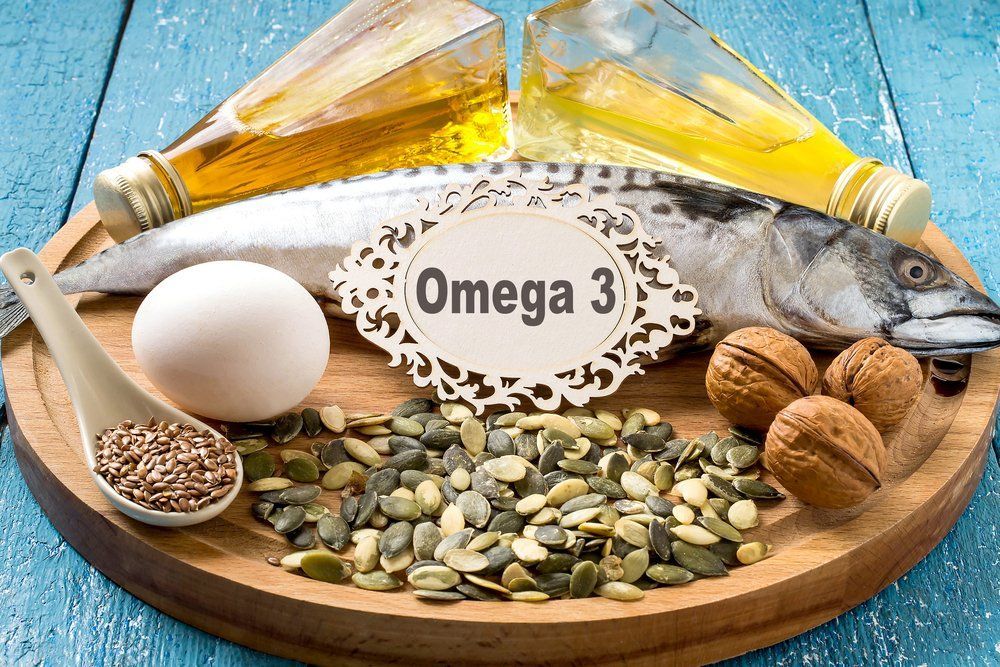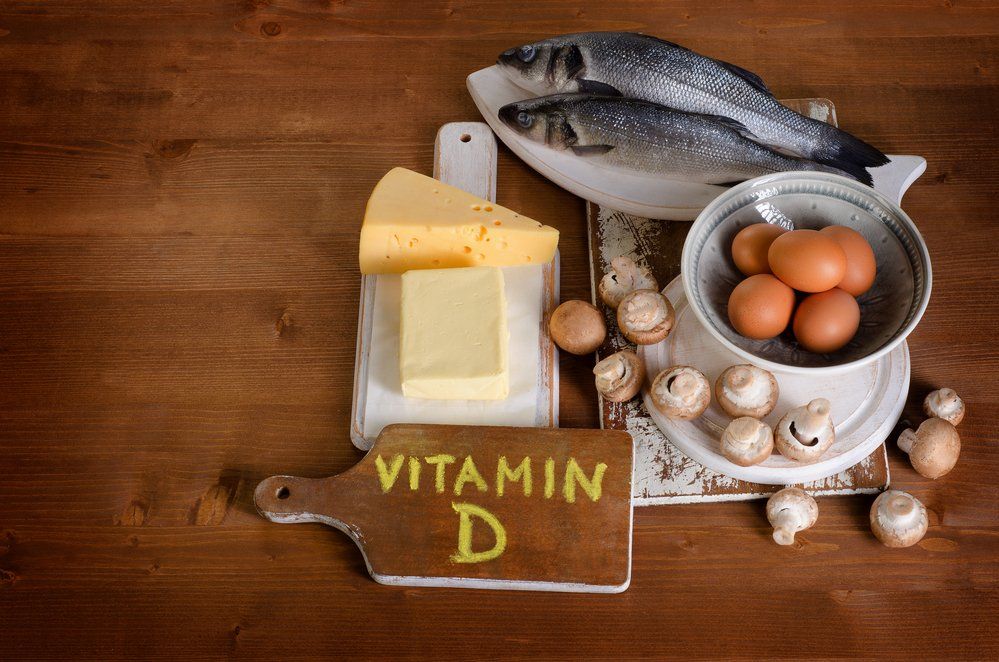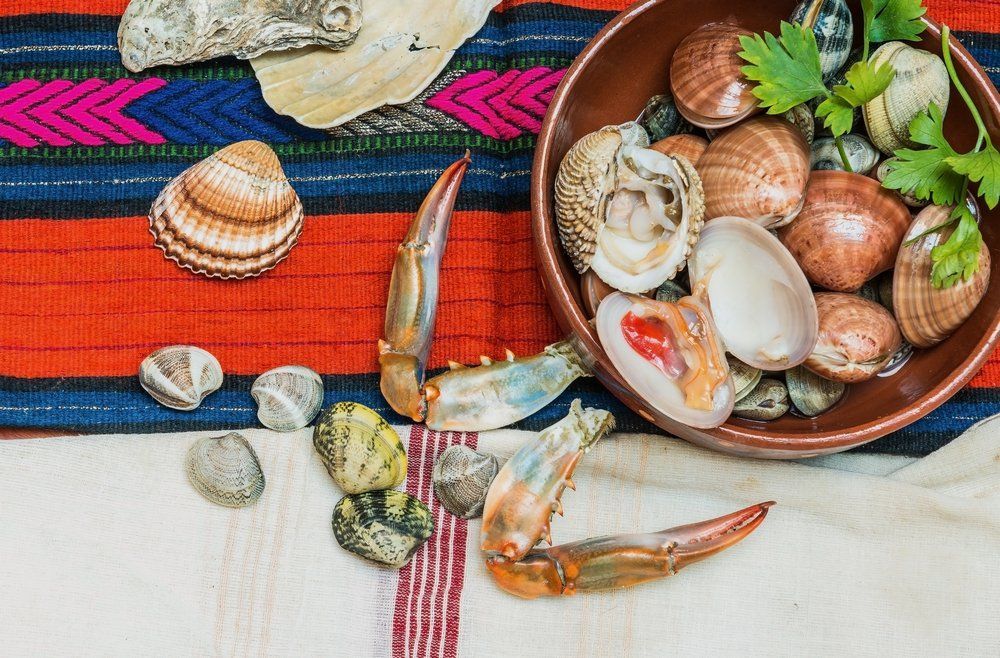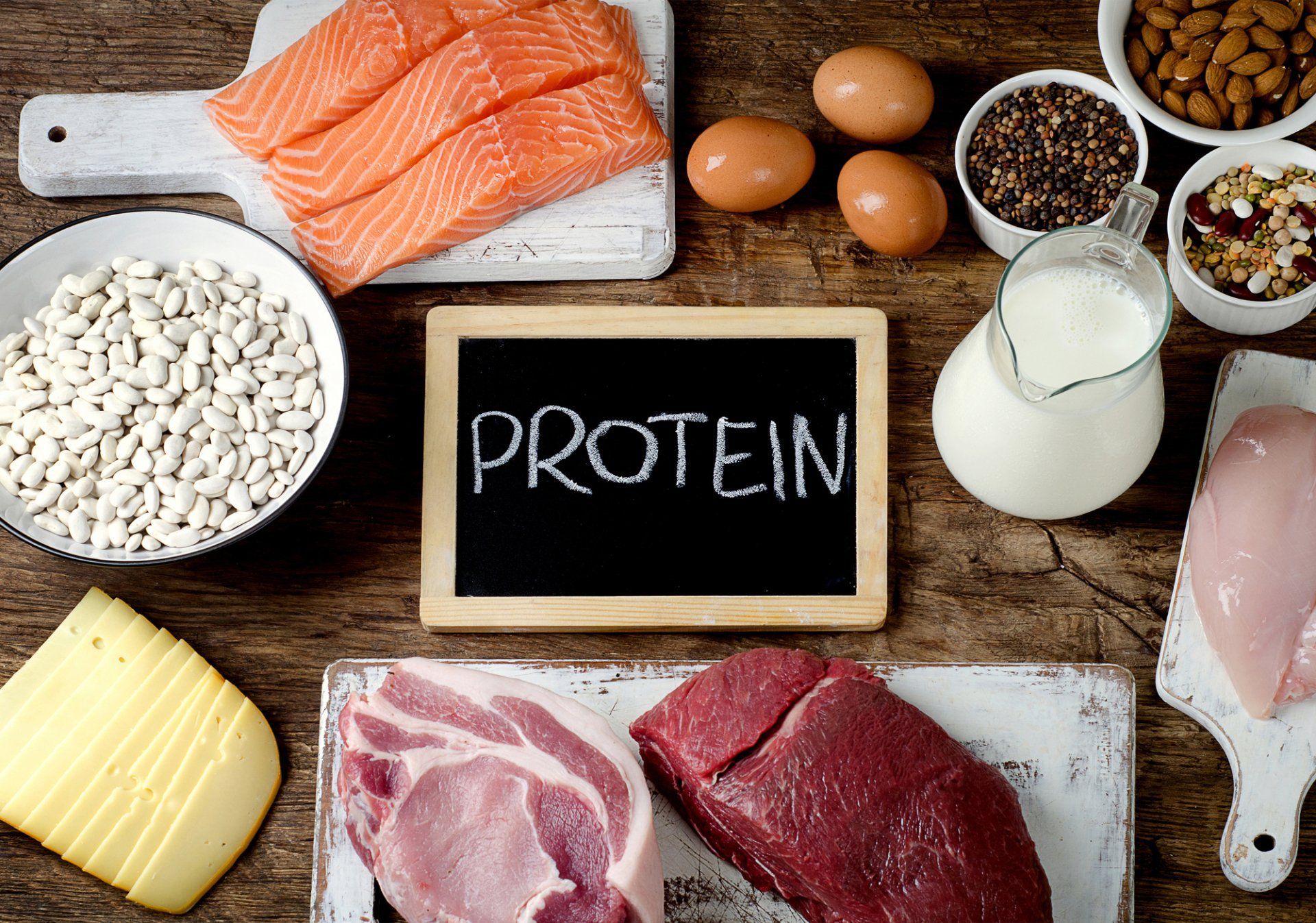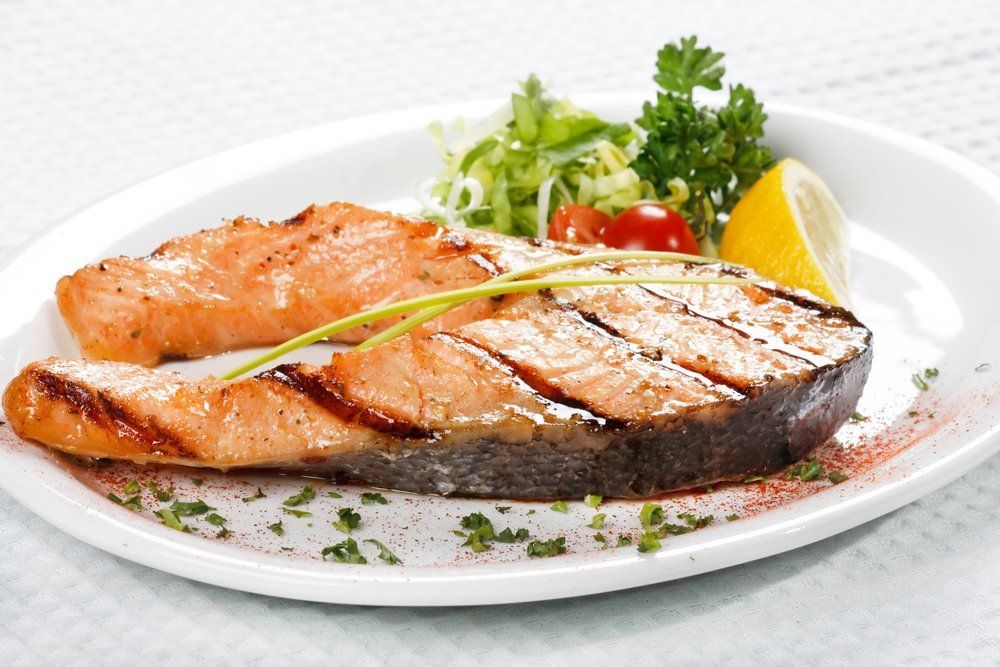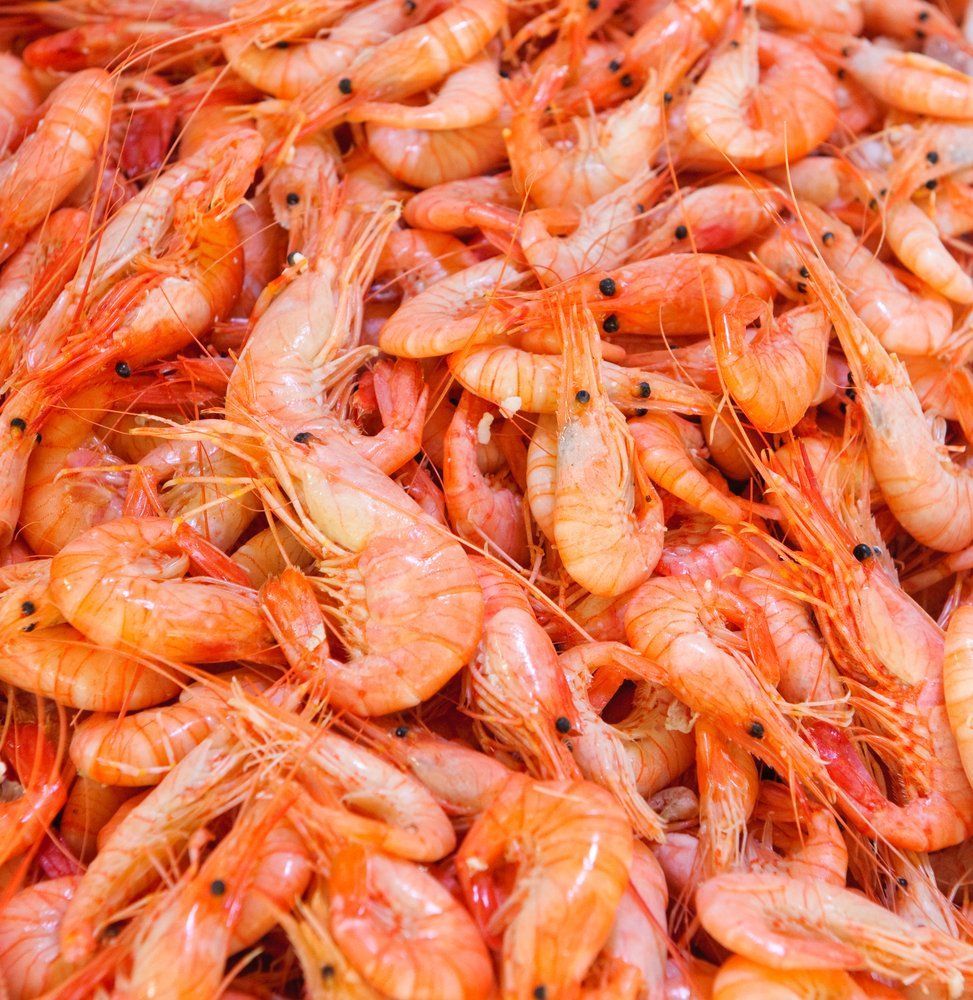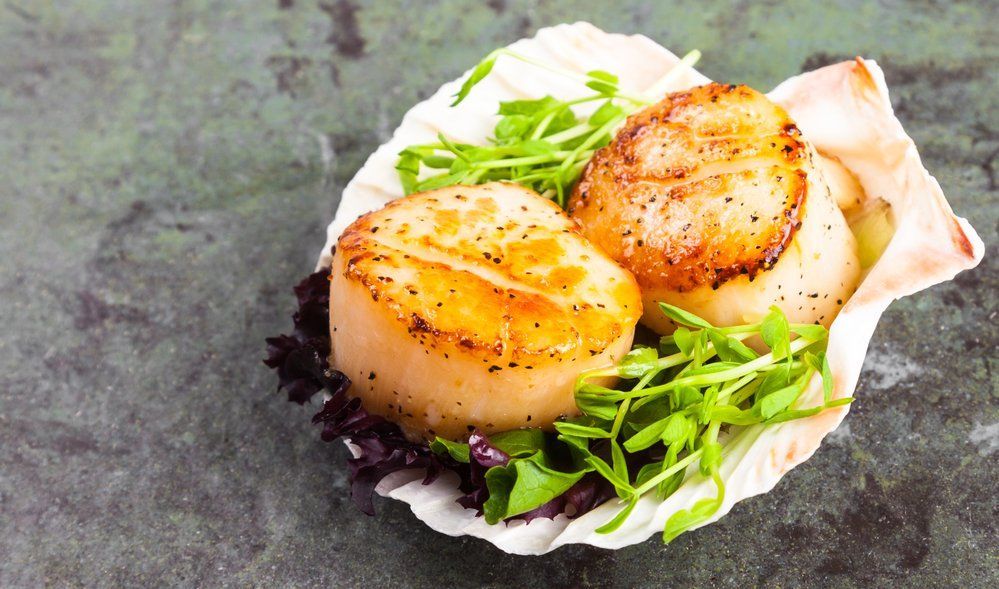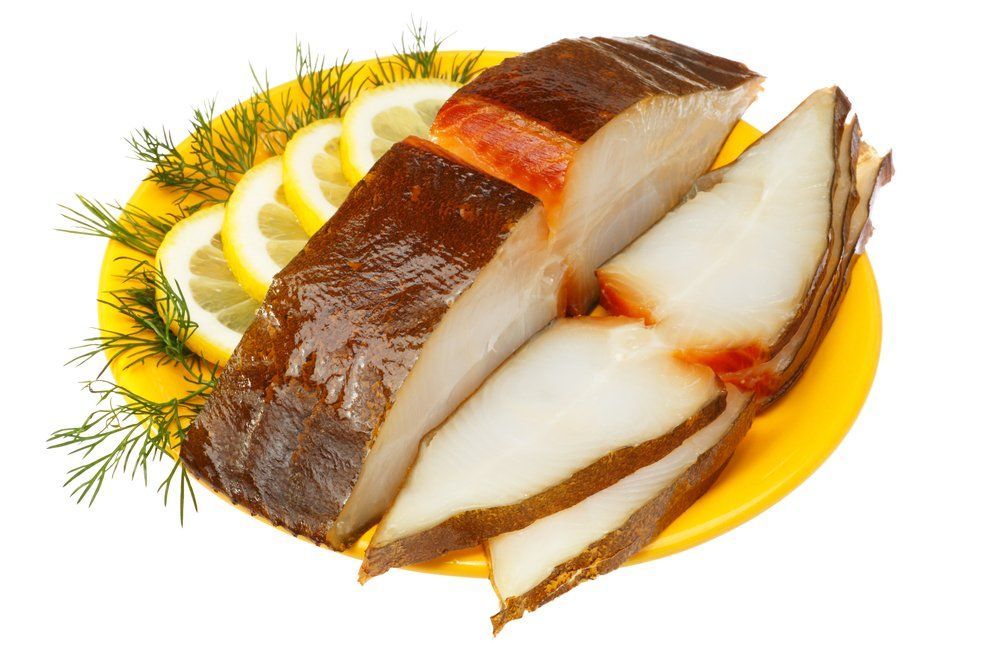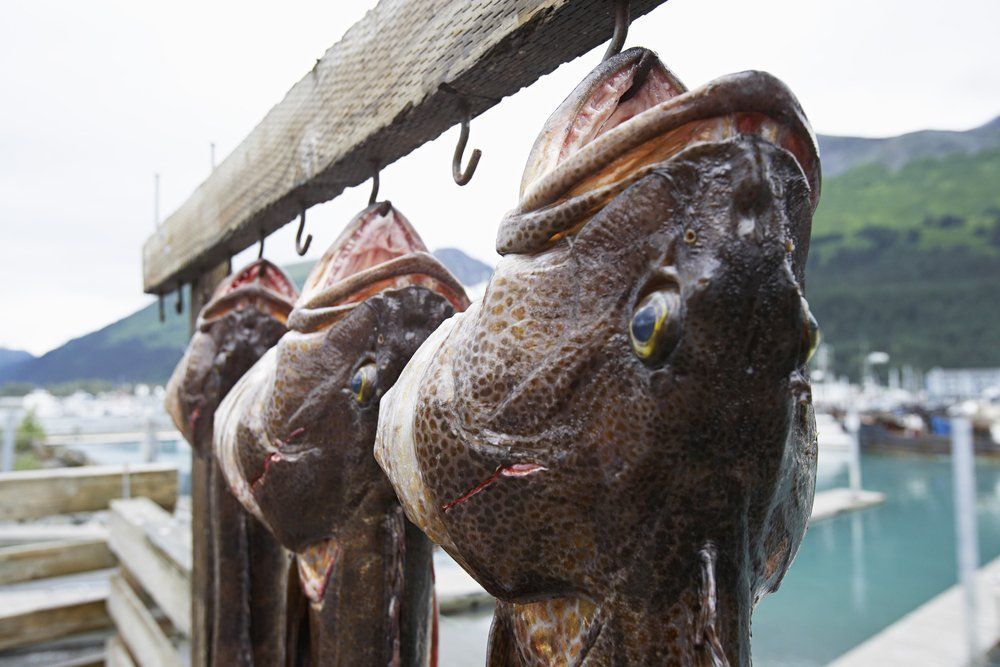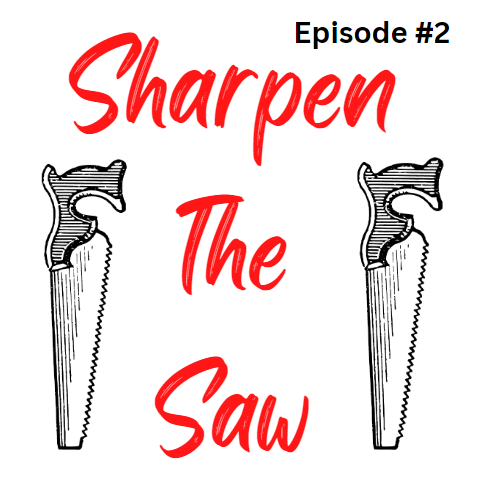The health benefits of seafood are undeniable. We’ve all heard of omega-3 fatty acids. You’ve probably seen a container full of fish oil supplements sitting on a family member’s kitchen counter, and for good reason! Omega-3 fatty acids are very heart-healthy. But health supplements go through a much less rigorous reviewing process than prescription drugs, and there’s hundreds of them. It’s just not ideal to wade through so many omega-3 supplements just to try and figure out if your chosen supplement is actually giving you any benefits, or you’ve fallen victim to the placebo effect! There’s actually a much better way of ensuring that you’re getting those omega-3’s and more; consuming more seafood.
What makes seafood so great?
Seafood is one of the healthiest foods on the planet, and not just because of the fatty acids! Seafood also contains essential nutrients like vitamin D, taurine, selenium, and other trace nutrients including amino acids, choline, iodine, and vitamin B12. It’s a great source of micronutrients and protein, which itself is very digestible due to the low connective tissue content. Eating seafood a couple times a week can have very positive effects on your health.
If you’re unfamiliar with these terms, the word “fat” might have a negative connotation for you, but oily fish is full of good fats and naturally low in cholesterol content. Experimental and epidemiological studies have proven that the good far outweighs the potential risks of consuming fish, even for vulnerable consumer groups.
Omega-3s are excellent at improving cardiovascular health, including reducing your risk of developing cardiovascular disease, suffering a sudden cardiac death, getting blood clots, lessening increased inflammation, as well as many other benefits. People reap great benefits from just taking them as supplements, but it’s naturally better to get as many of your nutritional needs straight from the source. Almost all seafood is full of amazing essential fatty acids. Fatty fish being one of them.
Vitamin D is essential for bone, teeth, and muscle health because it helps the body regulate calcium and phosphate. Vitamin D is naturally present in few foods, but the body can synthesize it when exposed to sunlight. The past couple of years have not made it easy for us to go outside and get some sun, but it’s not like vitamin D deficiency is a recent issue. It usually manifests symptoms like fatigue, bone pain, muscle weakness and cramps, and even mood changes. If this sounds like you, 30 minutes in the sun and a serving of seafood is sure to help you feel better. If you live in colder climates or at high altitudes, you should make an extra effort to get your daily dose of vitamin D.
You might recognize taurine from labels on energy drinks, but when it’s not consumed via caffeinated chemical soup, it’s quite beneficial. Taurine plays an important role in supporting nerve growth, and proper hydration and electrolyte balance in your cells. It can be found in large amounts in the brain, heart, retina, and platelets. Your body also synthesizes taurine naturally, but individuals with diabetes or heart disease should look into upping their taurine intake. It might pay off in the long run.
Selenium is an essential mineral and can only be obtained through your diet. It’s a powerful antioxidant, reducing inflammation and enhancing immunity. It also plays an important role in reducing your risk of various cancers and heart disease, as well as preventing mental decline. It should be noted that some of these benefits can only be achieved by selenium obtained through diet (a good example is a Mediterranean diet), not supplements.
These trace nutrients are found in tiny amounts in seafood, but they play big roles in regulating various bodily functions. For example, choline is an essential nutrient that regulates several vital functions such as forming cell membranes and assisting in communication between neurons. It can be synthesized, but the amount our body produces almost never meets its demands, so we have to get it from food sources. Iodine is absolutely crucial for proper thyroid function and metabolism control. Vitamin B12 helps keep our neurons and blood cells healthy, helping prevent anemia. These are the main three trace nutrients found in most seafood, but they can be switched out by different ones in some cases.
In addition to being delicious, seafood is chock-full of proteins. Most seafood has a high amino acid content, which is the building block of protein. Protein is an essential biomolecule that’s vital for countless vital functions and structures in the body. They’re necessary for muscle repair, oxygenation, digestion, hormone regulation, and they play a big role in the immune system response (antibodies are actually just proteins).
Though we could all benefit from adding some more protein to our diet, you should be careful not to overconsume, especially if you have kidney stones. If you’re not sure how much protein you should be eating, a good rule is that adults should consume 0.8 grams of protein per kilogram of body weight.
Your guide to eating more seafood
Some scientifically-backed benefits of seafood consumption are reduced risk of developing coronary heart disease, high blood pressure, stroke, some cancers, as well as various inflammatory diseases and sudden death. You may have heard that it’s recommended we eat at least 2 portions of fish per week, but few people achieve this across the world (notably Japan and some arctic peoples). But why not? You’d be doing yourself a big favor by taking advantage of all that aquaculture has to offer. Human health is important. To help you in your new self-improvement journey of eating seafood more frequently, here are some
seafood
varieties that would be easy for you to acquire, especially if you live in the North American Continent.
Salmon is one of the most nutritionally dense foods on the planet, and sockeye salmon is one of the healthiest varieties. Also called red salmon, sockeye are typically found in the Northern Pacific Ocean. They’re relatively smaller than other Pacific salmon species and have an unmistakable bright red flesh. Sockeye has been described as having a strong, rich flavor and dense, buttery texture. Some describe it as bolder than regular salmon.
Sockeye is oilier than regular salmon and is the second richest in omega-3s, right after King (chinook) salmon. They have around 8.6 grams of fat and 1.2 grams of omega-3s per 100g portion. Just one serving of sockeye a week can help lower your cholesterol and risk of heart disease or heart attack.
The high-fat content owes to the fact that sockeye tends to migrate further distances during the freshwater part of their lives, so they tend to hold onto that fat for when they return to their natal streams. This taxing journey draws energy from their fat storage, which is why they have such high-fat content.
Sockeye is also an excellent choice of salmon when considering protein content. With such a carb-centric diet, we should take care to consume the proper amount of protein and healthy fats too. In fact, sockeye is the second richest salmon in protein, only 1 gram behind Coho (silver) salmon with 23 grams of protein per 100g serving.
Sockeye is one of the highest salmon in vitamin D, with 14.2mcg per 100g serving. It’s ideal if you want to increase your dietary vitamin D intake, especially since you won’t find many other foods high in vitamin D.
Finally, it has the highest vitamin B12 content out of any Pacific salmon species. A single 100g serving of red salmon contains 3.8mcg of vitamin B12, around 200% of the DV (daily value). Making this a great fatty fish to add to your diet.
The Albacore is a kind of tuna found in temperate and tropical waters in the Atlantic, Pacific, and Indian oceans, as well as the Mediterranean Sea. They’re torpedo-shaped, with a dark blue back and a silvery-white belly. It’s the only type of tuna that can be described as “white tuna”. It has a mild flavor and a firm texture.
You might be surprised to hear that Albacore tuna has a similar amount of protein as poultry, with 23 – 26 grams of protein per 100g serving. So if you get sick of eating chicken, you can switch it up with some albacore.
This tuna is also pretty high in omega-3s. It has 7.2 grams of fat, of which 2.1 grams are omega-3s, per 100g serving. That’s even higher in omega-3s than the sockeye salmon!
One 100g serving of albacore will also provide you with 50 – 55 mcg of Selenium. That’s your daily recommended intake of Selenium right there, and now you’ve supplied your body with a powerful antioxidant.
If you decide to get canned albacore tuna, you should get the tuna canned in water instead of oil, as it’s slightly more nutritionally dense.
Spot prawns are actually a kind of shrimp; the largest shrimps found in the North Pacific, in fact! They’re typically found at the base of underwater mountains, in the nutrient-rich waters. Spot prawns have been described as very flavorful and mildly buttery, with a hint of sweetness.
They have spots, as the name would suggest, and are reddish-brown in color. When they’re cooked, they turn a vibrant pink. Oftentimes you’ll find roe (eggs) on the underbelly of your prawns. They’re considered a delicacy and can be used as a garnish, but can be washed off if you don’t like them.
Spot prawns are an excellent source of protein. It actually has about the same amount of protein as the aforementioned Albacore tuna; about 26 grams per 100g serving. They’re also a pretty good source of omega-3s, which you’ll get even more of if you decide to eat the roe.
Shrimp is generally a good source of iodine because they naturally absorb it from the sea. Shrimp usually contain around 30% of the daily recommended value of iodine. Iodine is good for thyroid and brain function and essential for controlling metabolism.
Spot prawns also contain selenium and astaxanthin. Astaxanthin gives shrimp their signature reddish color, helping reduce the risk of heart attacks and neurogenerative diseases. Selenium, also being a powerful antioxidant, enhances your immunity and reduces inflammation in your body.
Scallop is a common name for a few saltwater clams, found in the deep, cold waters of all the world’s oceans. They have two smooth shells. The upper shell may be brown or reddish in color and the lower shell is usually white. The muscle that holds the shells closed is usually the part that most people eat. Most describe them as having a mild flavor and a soft, buttery texture. They’ve also been called “the candy of the sea”.
Having 21 grams of protein per 100g serving, scallops are a superb source of protein. They also have only 0.8 grams of fat – and around 300 milligrams of omega-3s – which doesn’t make it as great of an omega-3 source as some of the other seafood on this list, but they’re great if you’re looking to cut back on fats.
Scallops are a good source of iron, zinc, and vitamin B12. One serving of scallops provides you with 18% of the daily recommended dose of vitamin B12 and zinc, and 15% of the daily recommended dose of iron. It’s always a good idea to get your vitamins and essential minerals from various sources, so scallops can help put some food variety on your plate.
The Atlantic Halibut is one of the largest flatfish in the world. They’re bottom-feeding fish, with a dark brown top and a whiteish underbelly. They have tiny scales embedded in their skin, which are invisible to the eye and can cause injury to unprotected fingers. Halibut is a favorite among seafood-lovers and has a mild, sweet taste.
Halibut is a really good source of protein, providing around 23 grams of high-quality protein per 100g serving. It’s also rich in micronutrients, making it very nourishing for the body. In fact, 160 grams of halibut can provide more than 1/3 of your needs for vitamin B12, B6, as well as magnesium, niacin, and phosphorous. All of these contribute to heart health, energy creation, muscle movement, boost brain function, and even protect your skin from sun damage.
Halibut contains 2.5 grams of fat and 740 milligrams of omega-3s per serving, making it a good choice for people who want to strike a balance between getting their omega-3 but also cutting back on fat.
Neither cods nor lings, these Pacific greenlings are native to the west coast of the North American continent. Lingcod are long-bodied fish that can be brown, gray, or greenish in color with brownish-red spots on their upper back. Fresh fillets have a blue-green shimmer that completely cooks out.
Some might describe it as a bad-looking fish, but the taste is a completely different matter. The lingcod has been described as more flavorful than true cods. It has gained popularity in recent years and some people even prefer it to halibut.
They’re nearly 90% protein, with 17.7 grams of protein and 1 gram of fat per 100g serving. This makes them a great source of fat-free protein.
Lingcod is also a good source of micronutrients like Selenium, vitamin B12, and niacin. It can provide you with up to 70% of the daily value for those micronutrients per 100g serving. That’s definitely nothing to scoff at.
Hopefully, you’ve been convinced to consider making seafood consumption one of your health goals! It really is one of the best things you can do for your mental health as well as your physical well being. A couple of servings of fresh seafood a week is an extremely easy way to boost your cardiovascular health, immunity, and brain function all in one. Try one of these delicious entries and experience the benefits yourself. Eating seafood is really the best decision you can make. Make sure to add the amazing health benefits of seafood to your diet today by eating seafood regularly.
